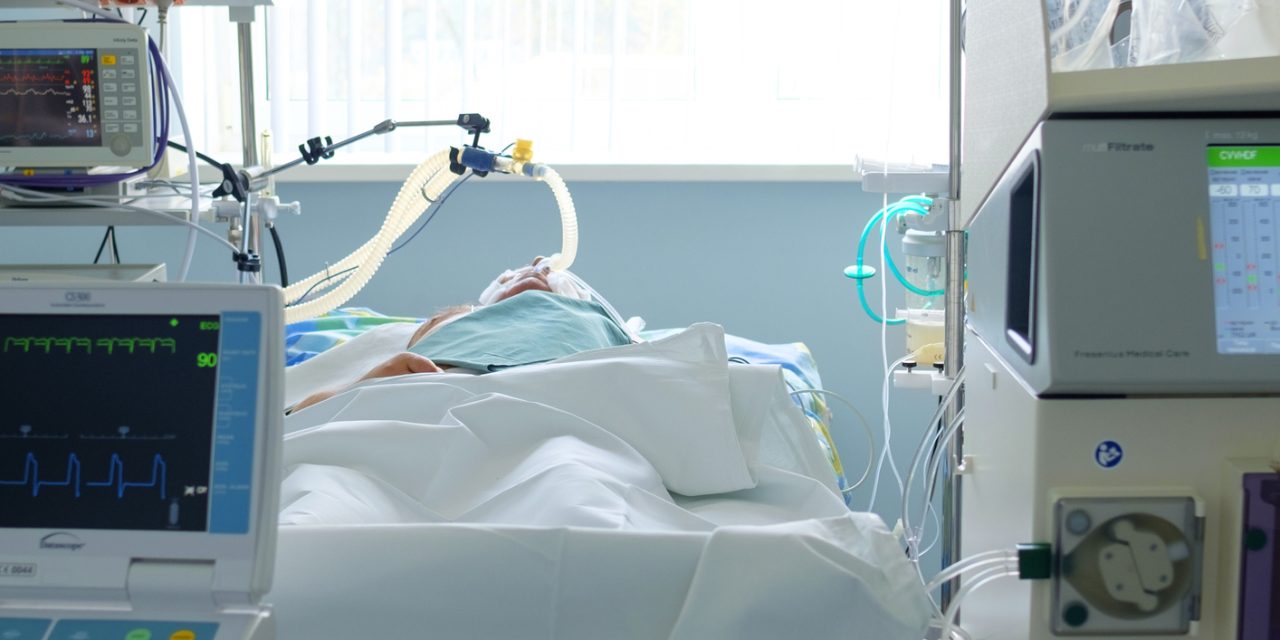Patients with shockable sudden cardiac arrest (SCA, ventricular fibrillation/tachycardia), have significantly better resuscitation outcomes than those with non-shockable rhythms (pulseless electrical activity/asystole). Heart failure (HF) increases risk of SCA, but presenting rhythms have not been previously evaluated.
We hypothesized that based on unique characteristics, HFpEF (preserved ejection fraction, LVEF ≥50%), bHFpEF (borderline, LVEF >40% and <50%) and HFrEF (reduced EF, LVEF ≤40%), manifest significant differences in presenting rhythm during SCA.
Consecutive cases of SCA with HF (age ≥18 years) were ascertained in the Oregon Sudden Unexpected Death Study (2002-2019). LVEF was obtained from echocardiograms performed prior and unrelated to the SCA event. Presenting rhythms were identified from first responder reports. Logistic regression was used to evaluate the independent association of presenting rhythm with HF sub-type.
Among 648 subjects with HF and SCA (median age: 72 years; interquartile range, 62-81), 274 had HFrEF (23.4% female), 92 had bHFpEF (35.9% female) and 282 had HFpEF (42.5% female). Rates of shockable rhythms were 44.5%, 48.9% and 27.0% for HFrEF, bHFpEF and HFpEF, respectively (P<0.001). Compared with HFpEF, adjusted odds ratios for shockable rhythm were 1.86 (95% confidence interval, CI, 1.27-2.74; P=0.002) in HFrEF and 2.26 (95% CI, 1.35-3.77; P=0.002) in bHFpEF. Rates of survival to hospital discharge were 10.6% in HFrEF, 22.8% in bHFpEF and 9.9% in HFpEF (P=0.003).
Rates of shockable rhythm during SCA depend on the HF clinical sub-type. Patients with bHFpEF had the highest likelihood of shockable rhythm, correlating with highest rates of survival.
Copyright © 2020. Published by Elsevier Inc.
Sudden Cardiac Arrest with Shockable Rhythm in Patients with Heart Failure.


